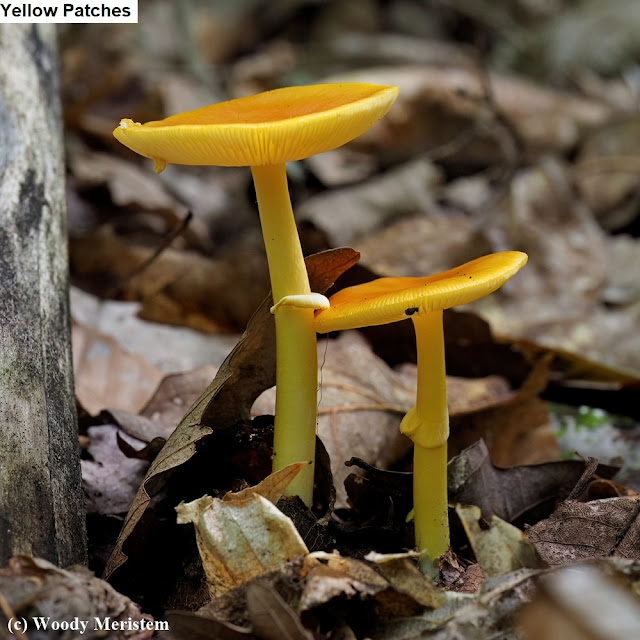It’s fall, soon to be time for some of our resident mammals - black bears, eastern chipmunks, woodland and meadow jumping mice, several species of bats and woodchucks - to head underground for the winter.
Chipmunks don’t actually hibernate, they do sleep a lot but wake up frequently to eat food they’d stored in their underground burrows throughout late-summer and fall; if they run short they’ll emerge to look for more. Jumping mice truly hibernate, their metabolism slows and their body temperature drops, they spend the longest time hibernating of any of our mammals, often six to eight months. Black bears are somewhere between, they sleep quite deeply, don’t eat or eliminate wastes but can be easily aroused.
Woodchucks hibernate, going into a deep sleep with slowed metabolism and, like other hibernators, have to bulk up with fat in the fall in order to have enough reserves to make it through the winter.
On a beautiful fall morning I went to the State Game Lands to see what I could see. While walking along a grassy road a dark shape in one track caught my eye, the camera’s telephoto lens revealed it to be a woodchuck busily eating acorns. Acorns are full of calories, great for putting on pounds in preparation for winter. Deer, bears, squirrels, porcupines, chipmunks – and woodchucks – feed heavily on acorns whenever they’re available.
This woodchuck would pick up an acorn in its front paws, peel off the hull with its teeth and then bite off pieces of the kernel.
It kept doing that as I slowly inched closer –
After a while it apparently ran out of acorns within easy reach and moved a bit looking for more –
In typical woodchuck fashion it would occasionally sit erect as it looked around for danger and then go back to searching for acorns –
I kept taking photos and inching closer, hoping for a good portrait –
Until I accidentally tapped the camera’s lens shade with my alpenstock, making a quiet “thunk” that sent the woodchuck scurrying back to its nearby burrow.







.JPG)
.JPG)
%20(6).JPG)
%20(1).JPG)
%20(1).JPG)
.JPG)
%20(1).jpg)

%20(1).JPG)
%20(1).JPG)
%20(1).JPG)
%20(1).JPG)
.JPG)
%20(1).JPG)
%20(4).JPG)
%20(2).jpg)
.JPG)
%20(1).JPG)
.JPG)




-DeNoiseAI-standard.JPG)
-DeNoiseAI-severe-noise.JPG)
-DeNoiseAI-severe-noise.JPG)
-DeNoiseAI-low-light.JPG)
-DeNoiseAI-low-light.JPG)
-DeNoiseAI-low-light.JPG)
-DeNoiseAI-standard.JPG)
-DeNoiseAI-severe-noise.JPG)
.JPG)
.JPG)
.JPG)
.JPG)
.JPG)
.JPG)
.JPG)
.JPG)
.JPG)
-DeNoiseAI-standard.JPG)
-DeNoiseAI-standard.JPG)
-DeNoiseAI-standard.JPG)
.JPG)
-DeNoiseAI-standard.JPG)